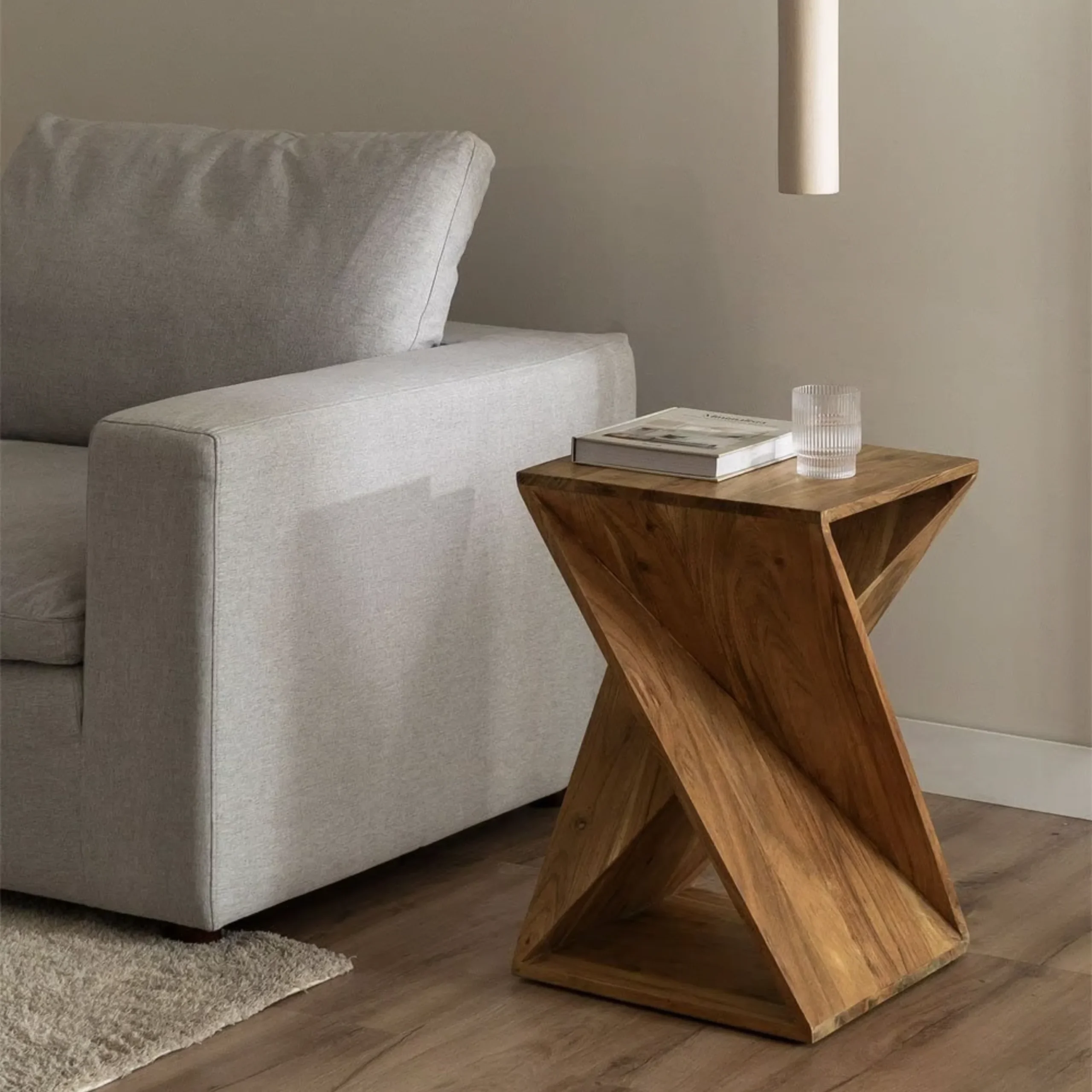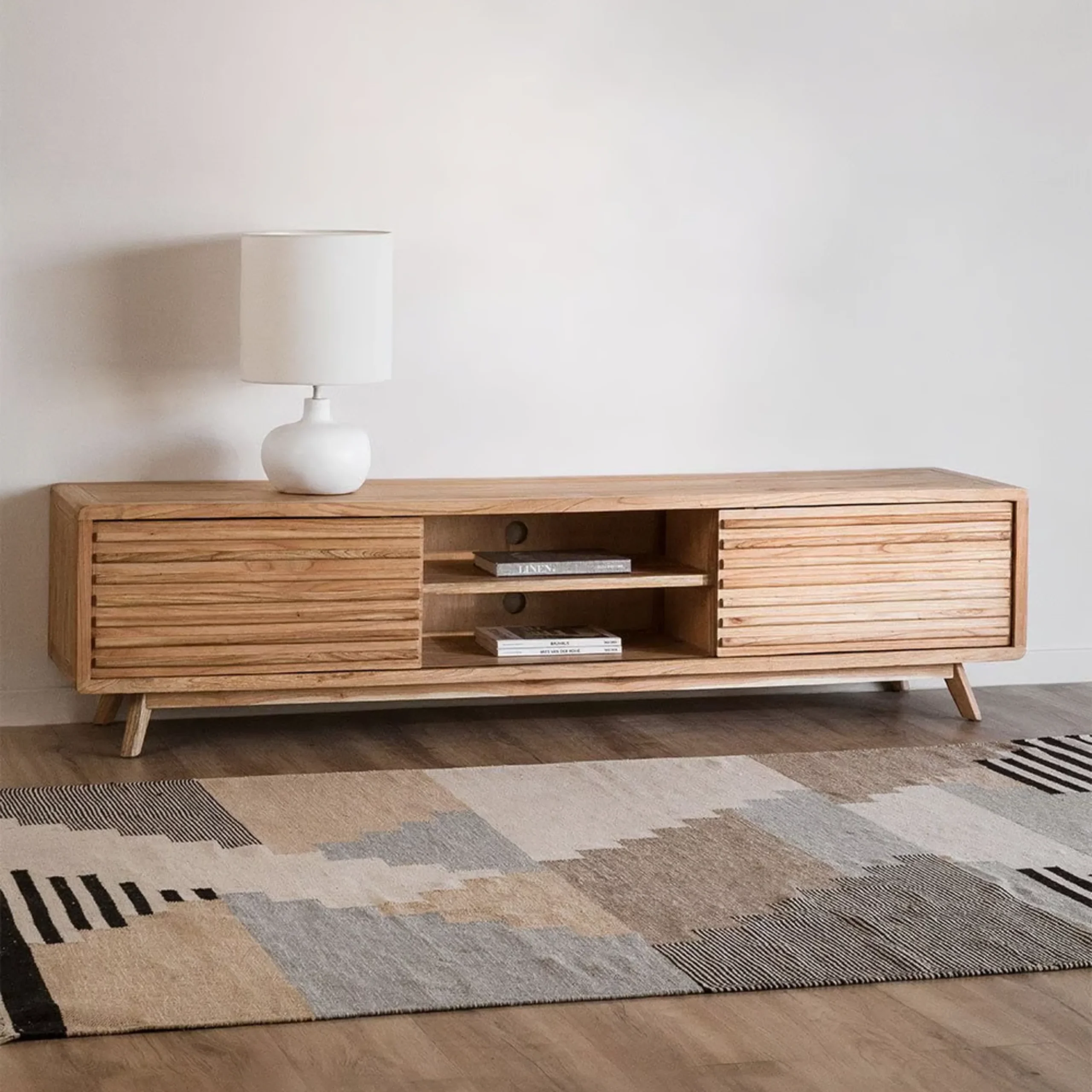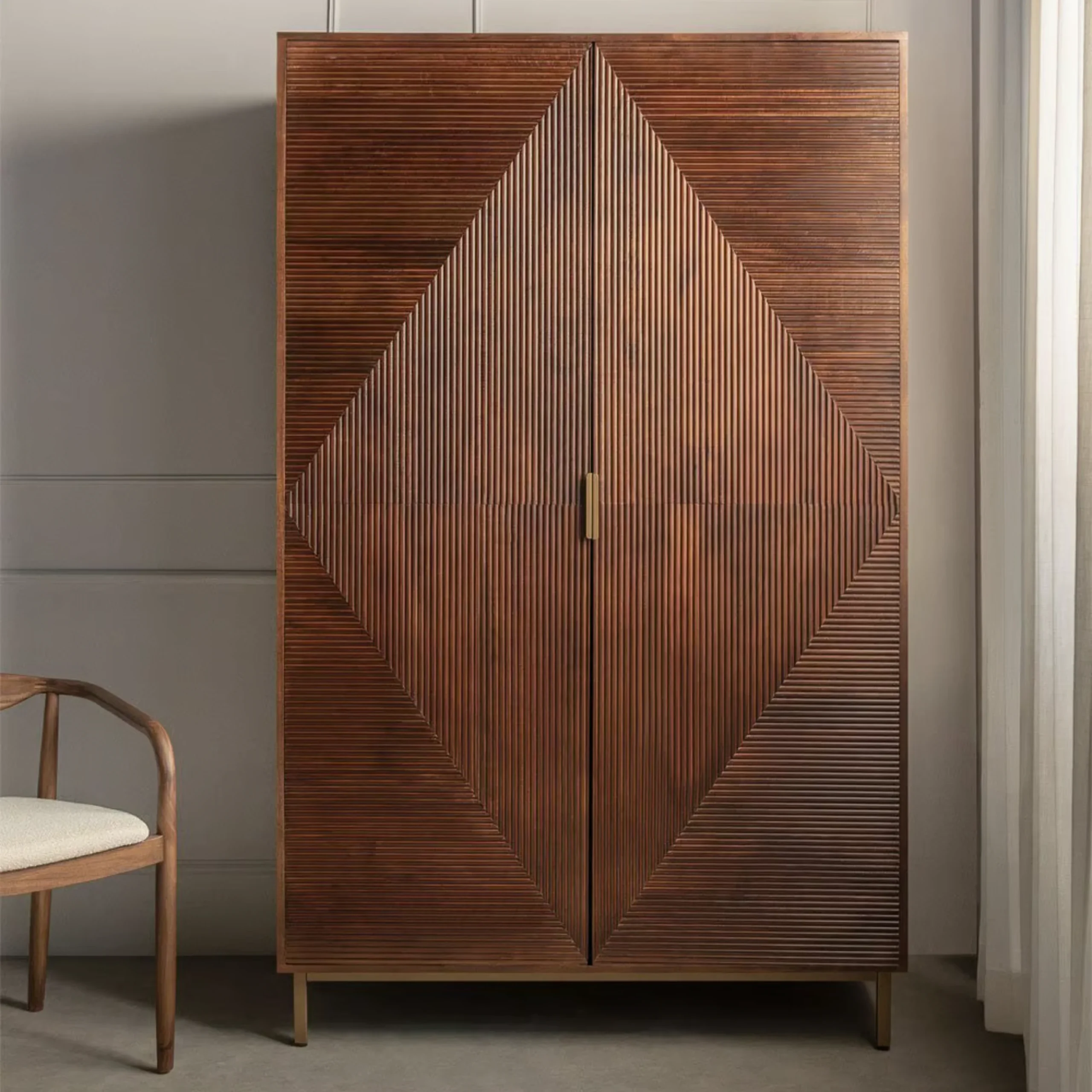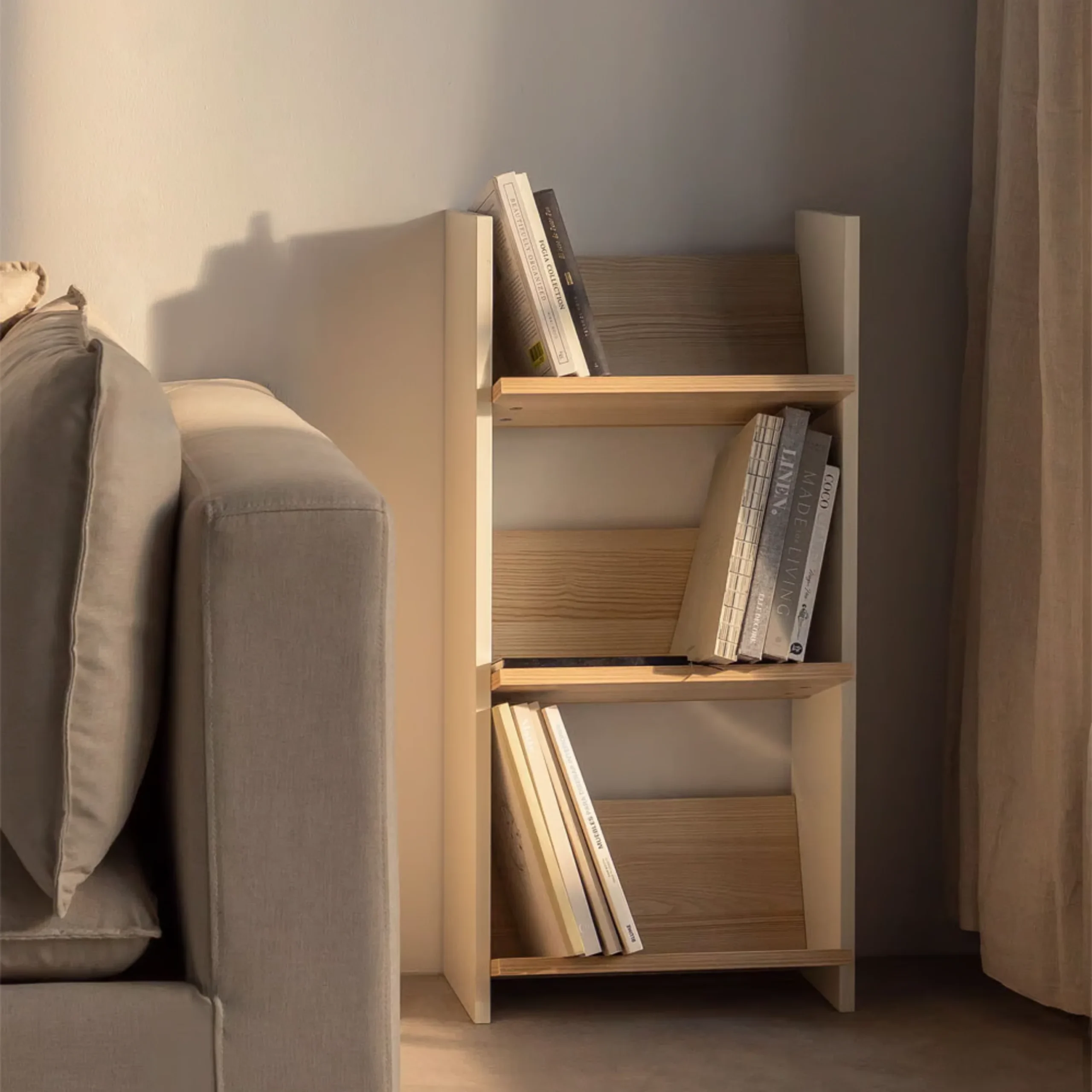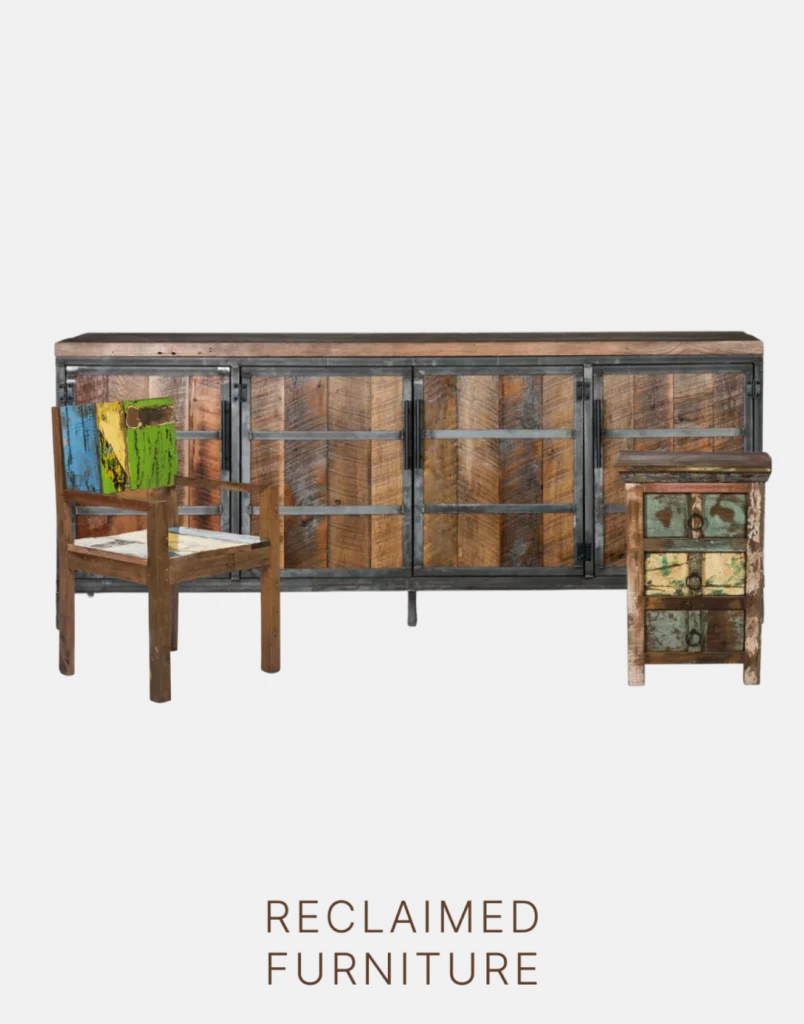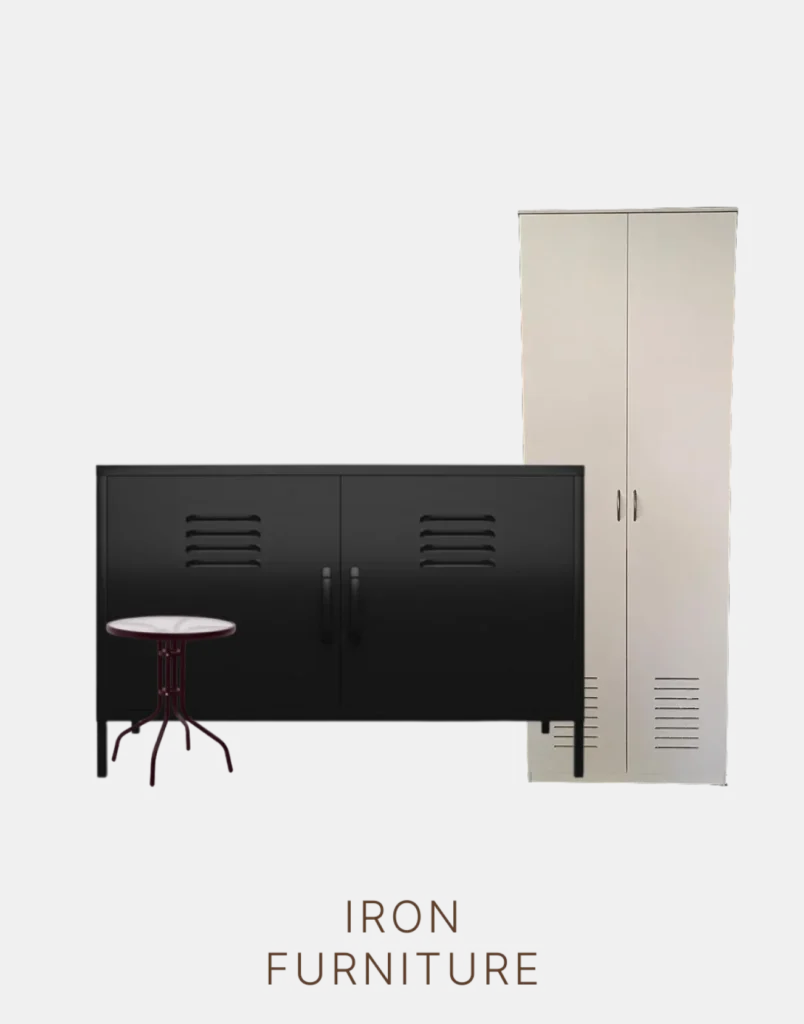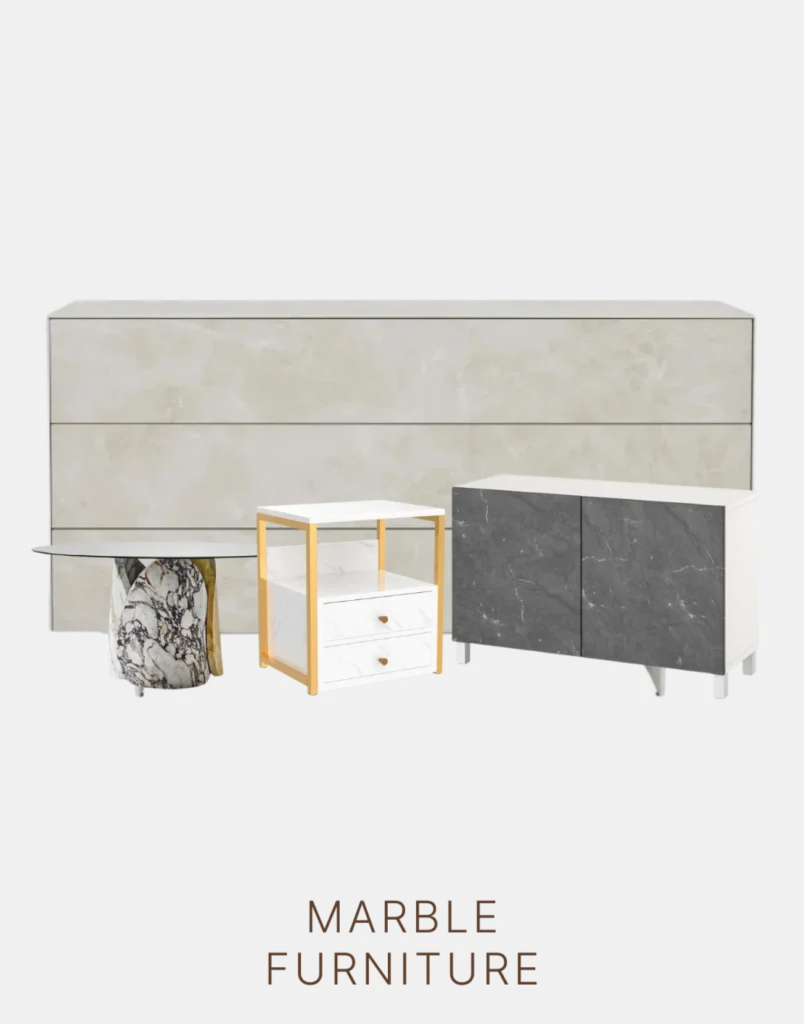India is one of the largest exporters of solid wood and handcrafted furniture. However, as the market grows, so does the number of unverified suppliers. Buyers must perform due diligence before placing large orders. It is crucial to avoid quality issues, delays, and scams. This guide provides a step-by-step approach for buyers to ensure they are working with a reliable supplier.
Why Verification Matters
Working with unverified suppliers can lead to:
- Poor quality products
- Delayed shipments or cancellations
- Legal or customs issues
- Financial loss due to fraud or wrong payments
1. Check Business Legitimacy
Before engaging a supplier, confirm that the business is legally registered and allowed to export. Following are must for a supplier from India:
GST Number
GST (Goods and Services Tax) is India’s national tax system, similar to VAT in Europe. Registered suppliers have a GST number that ensures they are legally allowed to sell products. You can view supplier’s registration details at GST portal- https://services.gst.gov.in/services/searchtp
Import Export License
IEC (Import Export Code) is issued by India’s Directorate General of Foreign Trade (DGFT). IEC is like an exporter’s business ID — mandatory for every Indian exporter. Ask the supplier to provide their Import Export Code (IEC), then go to https://www.dgft.gov.in/CP/?opt=view-any-ice then click on “View Any IEC” and enter the details.
2. Verify Factory & Production Capability
A supplier’s documents don’t guarantee quality. If possible, inspect the workshop yourself or at least hire a third-party auditor (e.g. QIMA, SGS, etc.) to visit the factory. Inspect actual production facilities:
- Request recent photos & videos of the production floor.
- Check machinery, workforce size, and production capacity.
- Assess if production volume matches your order size and deadlines.
- Ask about the types of joinery, finishes, and wood drying processes for quality control.
- Inquire about material sourcing (especially wood legality).
3. Check References & Reviews
Ask for previous clients and check their credibility:
- Request client references, including international buyers.
- Look for online reviews on Google or LinkedIn.
- Speak directly with their existing clients and ask about delivery, quality, and communication.
4. Verify Financial & Payment Credibility
Avoid financial risks by confirming payment safety:
- Letter of Credit (LC): A bank-guaranteed payment method ensuring money is only released when supplier meets agreed conditions.
- Partial advance + balance on inspection: Pay a deposit (e.g., 30%) and the rest after a pre-shipment check, a very common payment term in furniture industry.
- Never make full payment upfront to unknown suppliers.
5. Watch for Red Flags
Common warning signs of unreliable suppliers:
- No factory photos or samples provided
- Refusal to provide documents or client references
- Unrealistic pricing significantly below market rates
- Lack of clear communication or professional responses
Verifying an supplier before importing is essential to reduce risk and ensure smooth business operations. A legitimate supplier will always be transparent and cooperative during verification. Taking time to verify now can prevent costly mistakes later and build a long-term, trustworthy partnership.





